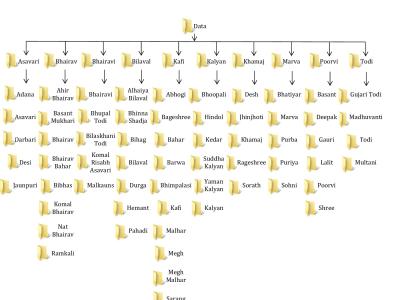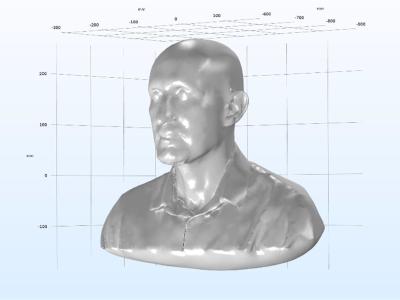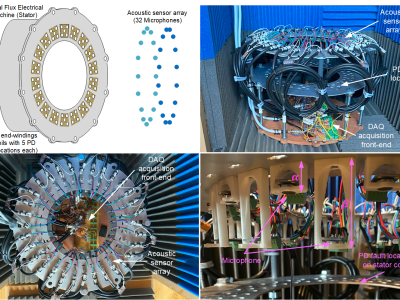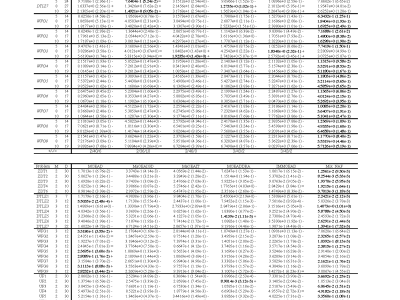
This is a dataset about minimizing maritime passenger transfer in ship routing. consists of data on the distance between ports, the number of passengers from the port of origin to the port of destination, ship speed, and the duration of berthing at ports.
- Categories:







